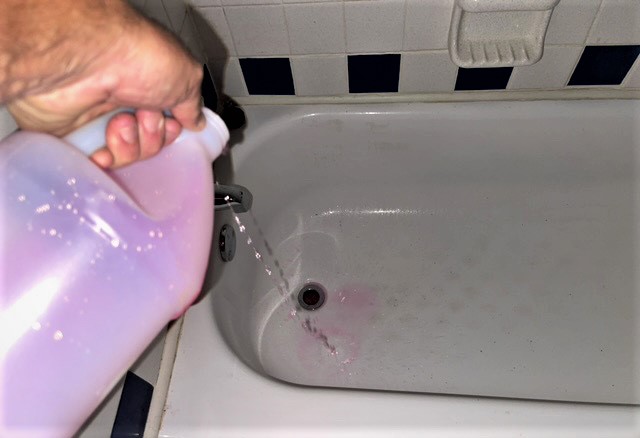Winterization A Complete Guide For REO Contractor
What is Winterization?
Winterization is an oil refining method that is commonly employed in biotechnology. The technique involves dissolving the extract in ethanol and then freezing the liquid. The cold allows chemicals to be separated based on variations in melting and precipitation points.
Partial Winterization
This occurs when only a portion of the winterization is completed. Finished as a result of lacking plumbing or damaged lines
Winterization Reverification/ Re-Winterization
The process of ensuring that all systems are in working order Winterization is still in place and holding pressure.
De-winterization
The process of restoring the plumbing system's usability
Importance of the Winterization ?
When fat and lipids are present in an extract, it burns, vapes, and has a bad flavor. This low-quality item will not be purchased again by customers. The adage "look good, feel good" applies to both objects and people.
A gleaming new product is preferable to one that is foggy and unclean.
Step-by-Step Winterization Procedure
Step 1. Shut off: Hot Water/Furnace/Well Pump
First, make sure the hot water tank, furnace, and well pump are all turned off. The method used depends on the type of system in use.
You will find the gas shut-off for each device on a gas system. In the case of an electric system, you will need to identify the breaker that is connected to that item.
Step 2: Water Supply
The next step is to find the water supply, which might be a well or a city water connection. Close the incoming water supply knob with a zip tie. "This is the shut-off before the home's plumbing.
Step 3: Apply pressure.
After you've turned off the water, attach your air compressor to the system to blast out any extra water in the lines. The washer/dryer hookup in the home is the ideal place to do this. This allows you to access both the cold and hot water pipes from a single position. The pressure in the system must be at least 45 psi.
Step 4: Drain the Tanks.
The majority of homes have a hot water tank and it needs to be empty. Connect a pipe to the bottom of the hot water tank to empty it. Place the hose in an appropriate position, such as a sump pump hole, outside the house, a floor drain, etc.
Step 5: Fixtures for Drainage
Now that the tanks have been drained and the system has been pressured, walk around the house and open all faucets to eliminate any leftover water in the pipes.
You'll go from one fixture to the next, turning them on and off until all of the water is empty. This will provide enough pressure on all of the fittings to totally blow up the lines.
Step 6: Turn off and unplug the water supply.
After you've drained the pipes and tanks and removed all of the water from the system, you'll need to conclude by disconnecting the water supply to the system. Disconnect the Water Meter for municipal water or the supply line before the pressure tank for well water to do this.
Step 7. Pressure Test Plumbing
After you've emptied all of the tanks and pipes and blocked the water supply, you'll do a pressure test on the plumbing. Check that all openings, such as faucets, sprockets, toilet fill valves, dishwashers, and so on, are turned off.
If it does not hold pressure go around the house and check each faucet/spicket for leaks.
Step 8. Antifreeze Drain Lines
The next step is to ensure that the drain pipes in the house are protected from the elements. Because the drain system has gas traps, we are unable to thoroughly cleanse the system. To guarantee that the system can withstand the cold, we will need to add antifreeze.
Step 9. Labeling the Winterization
You have now finished the home's winterization. You must now mark the home to show future inhabitants, inspectors, and contractors that the home has been winterized and that additional measures must be done before the water supply may be used again.
Step 10. Install a programmable thermostat
Finally, installing a programmable thermostat can help you save energy and keep the property warm during the winter months. Set the thermostat to lower the temperature when the property is vacant and raise it when you expect someone to be present.
The posts for each customer change, but the locations tend to remain consistent. You must place a notice on the electrical box, the hot water tank, the furnace, the water supply "pressure tank or meter," the toilets, showers, and baths, and each sink or drain where antifreeze has been poured.
In conclusion, winterization is an essential task for REO contractors, especially in areas with cold winters. By following these steps, you can help prevent damage from freezing temperatures and harsh weather conditions and keep the property warm and comfortable. Remember to assess the property, drain the plumbing system, insulate pipes and fixtures, seal windows and doors, clean gutters and downspouts, and install a programmable thermostat to ensure that the property is fully winterized.





.jpg)